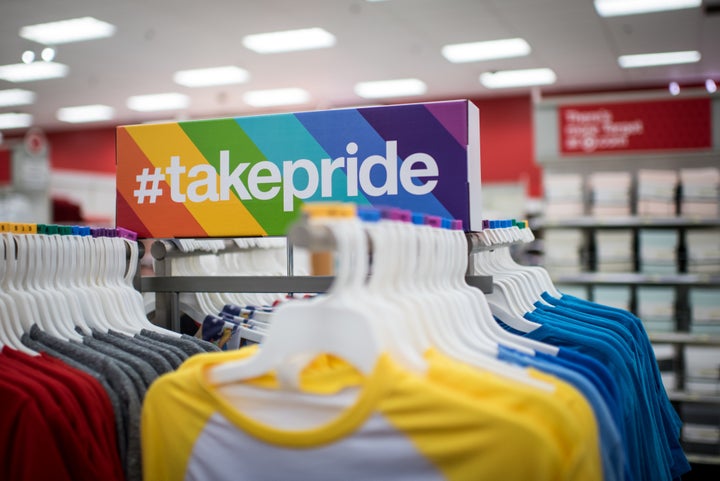
Retail giant Target committed on Wednesday to installing single-stall bathrooms in all of its stores, in what appears to be an attempt to address objections to its policy of accommodating transgender customers.
While many Target locations already have single-stall bathrooms, the Washington Post reported that Cathy Smith, chief financial officer of the Minneapolis-based superstore, told reporters on a conference call that it would be investing $20 million to install them in the stores that don’t have them.
All but 20 of Target’s 1,800 locations will have the single-stall bathrooms by November and the remaining stores will have them installed in early 2017, Katie Boylan, a Target spokeswoman, told The Huffington Post.
Target CEO Brian Cornell announced the company’s intention to ensure that all its stores had the bathrooms as far back as May, but it revealed its $20 million investment on Wednesday.
Target drew praise from LGBT rights advocates in April when it announced it would allow customers to use the bathroom of the gender with which they identify. The new single-stall bathrooms, which are by definition gender-neutral, seem meant to assuage the concerns of customers uncomfortable with this policy and will provide a third option for all customers.
But Boylan confirmed that Target continues to welcome transgender individuals to use a bathroom of their choosing.
As a result, the new move can be seen as a deft effort to calm critics without fundamentally altering its policy. In fact, it may even be seen as an expansion of the policy, given that customers who identify as genderqueer may feel most comfortable in a bathroom that allows them to eschew identification with either gender.
After Target announced its policy change in April, other major food and retail chains, such as Starbucks, Barnes & Noble and the parent company of Saks Fifth Avenue and Lord & Taylor, followed suit.
But social conservatives soon launched a campaign to boycott Target over the policy. More than 700,000 people signed a pledge sponsored by the American Family Association, a hardline Christian group, to boycott the store, USA Today reported in April.
These critics argue that, among other things, the policy would enable transgender women to assault young girls in women’s bathrooms. There is no evidence to support this claim, which echoes antigay fear-mongering from several decades ago.
Smith, the Target CFO, mentioned the discontent of customers on the conference call, without explicitly admitting that it was the motive for the company’s new investment, according to The Washington Post.
“Some of our guests clearly are uncomfortable with our policy, and some are really supportive,” she said.
Target also announced disappointing sales figures for the second quarter of 2016 on Thursday. Sales are down 11.6 percent relative to what they were in the second quarter of 2015.
Smith denied that customer dissatisfaction was a contributing factor in the company’s lackluster performance, claiming on the conference call that it has “really not been material,” according to the Washington Post.
This story has been updated to include comment from a Target spokesperson.

